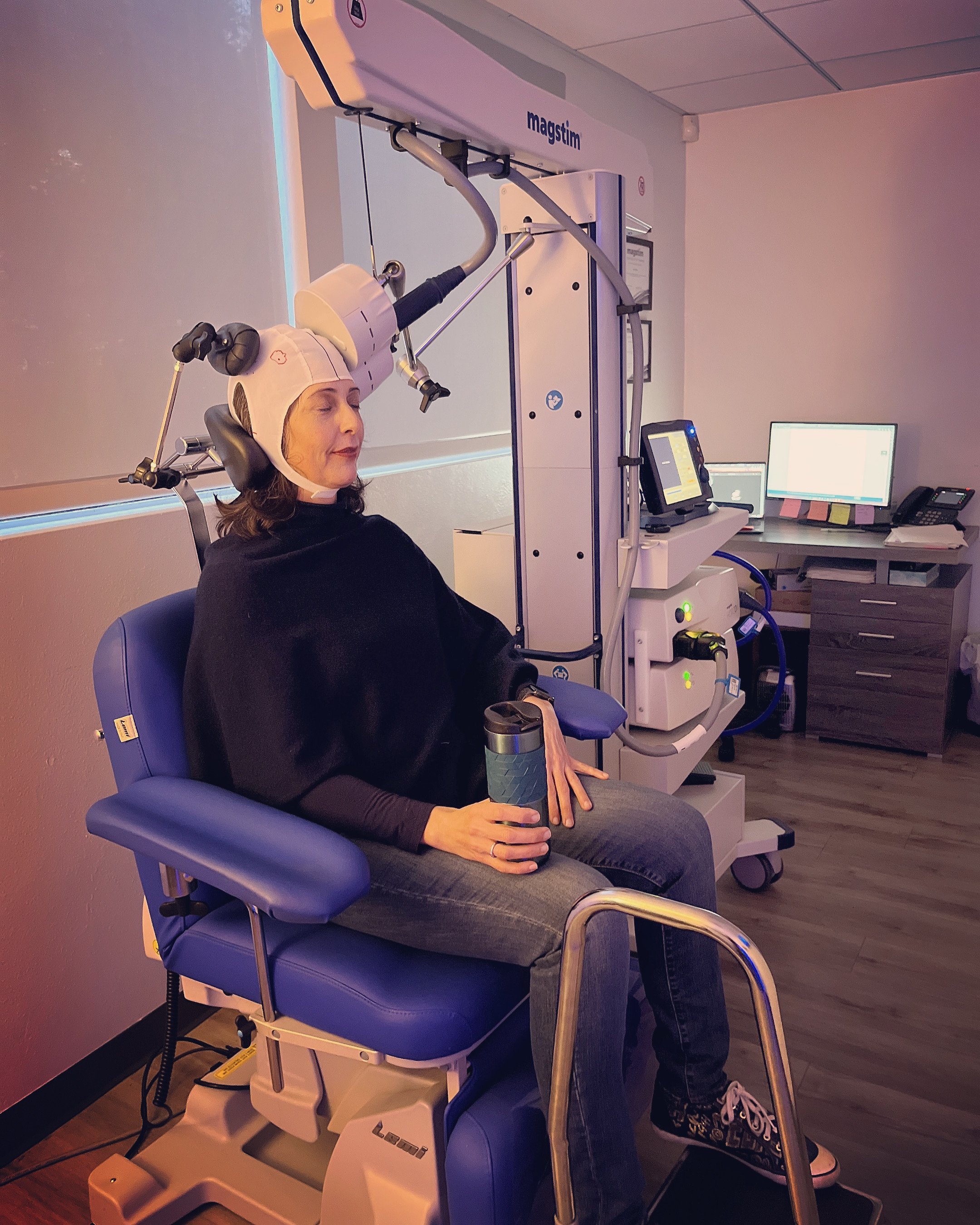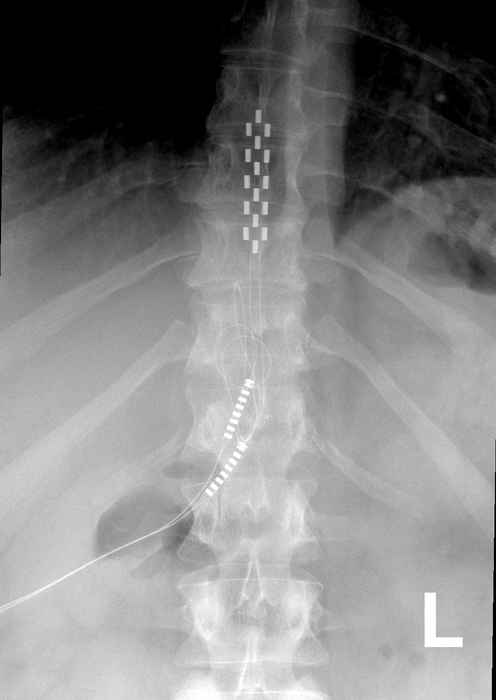What Young People Learn to Think About Chronic Pain
/By Pat Anson, PNN Editor
Did your chronic pain start during childhood? If so, what did you think or do about it?
Did your body change when you felt pain for a long time? What is the most important thing you learned about pain? Why do you think humans have a biological system that creates pain?
Those are some of the questions an international team of researchers asked a group of 17 young adults in the U.S. and Canada who had chronic pain as children (aged 11-17 years). Participants had a range of pain conditions, such as headaches and musculoskeletal pain, and experienced pain for at least six months.
Their answers, recently published in the European Journal of Pain, provide insights into what young people think about pain and how they learned to adapt to it. Researchers say they could help debunk myths about pain and improve pain management for adults, as well as children.
“If we can identify what young people think about pain, we can figure out which beliefs are helpful, and which are not. Then we can use this knowledge to make better pain education for young people, so they understand why to engage in best-practice treatments,” says lead author Hayley Leake, PhD, a physiotherapist and researcher at the University of South Australia. “It is important to challenge beliefs about pain that don’t align with modern pain science.”
In their interviews, Leake and her colleagues found that young people tend to think about chronic pain in one of four ways:
Something is wrong with their body
Caused by an injury that has not healed
Nerves ‘firing’ when they should not
An overactive stress system
The 17 young adults have some sophisticated and nuanced views about chronic pain. Far from being meaningless or “all in their heads,” many view pain as a sign of an undiscovered problem in the body.
“I think when we have pain in other areas, like the back, and it's there for no reason, I really do wonder if there's something going on in the body that's not good that hasn't been detected. Like soreness of a neck should be if the person slept wrong that blood flow will get cut off, sometimes that just happens. But if someone is often sore, then I think something is not quite right in the body.”
‘No One Really Cared Enough’
Even as children, participants experienced stigma and disbelief – sometimes from their own families – when their pain didn’t respond to treatment. This was perceived by the young person as a lack of empathy, which could have bad implications for family relationships.
“I became hyper aware of my pain and drove my family crazy anytime I had pain because I wanted to know what was causing it. Then I figured out that that was going to be exhausting, and no one really cared enough so I stopped.“
Sadly, some learned at an early age that that their injuries may never completely heal and could become permanent. They had to learn how to live with it.
“Instead of trying to heal it, try to cope with it. Because, like, when I was younger everyone would say, ‘Oh like you're going to be over your pain before you're eighteen, like, this is only temporary.’ I wish I would have prepared myself more knowing that I would have it long term because that's my reality now.”
Many became aware that their nervous systems were “on the fritz” and sending out the wrong signals. This was described as “useless pain” or nerves that “stop working so well.”
“I'm pretty sure [nerves] get inflamed and confused and so like start firing signals that aren't actually there so it doesn't know what's happening and the body gets confused and doesn't know how to fix anything.”
“Basically, the way I explain my stomach (pain) to people is sort of like a peanut allergy in the sense that the wires are crossed a bit and it overreacts to things.”
Stress Makes Pain Worse
Some learned about the role of stress, and how emotional pain can make physical pain worse.
“Learning about pain and how the body can become stressed, and stress can lead to pain, has really helped me … When I was younger, I didn't understand how stress causes pain. I understand how stress causes pain now, and how stress can cause pain from like ‘fight or flight’ mode or adrenalin in your body.”
“I noticed that when I am in more stressful situations or more focused on the pain it feels like ten times worse and there is just nothing I can do about it. So by being in a stressful situation I feel tense. I am angry, uptight, and it's not doing much for my physical pain because I'm tensing up which is causing my muscles to hurt.”
Understanding the link between stress and pain helped some learn how to manage their pain. They use psychological techniques to reduce stress, such as relaxation and deep breathing exercises.
“I feel like I have a better understanding of what causes the pain… I'm more efficient about the way that I treat it and have a better grasp of not everything requires medication now that I understand exactly kind of what is going on about the pain. I just know that I don't always have to take something. I can breathe through it because it can be tied to emotions or your hormones and stuff like that.”
The interviews with 17 young people are part of a larger, six-year study of 229 children with chronic pain who were followed into adulthood. Of the original group, over 82% still report having chronic pain as adults.
Researchers are now developing a toolkit to spread awareness about childhood chronic pain to share on social media and in schools.
“Educating teenagers and young adults – as well as their parents and caregivers – about chronic pain and talking to them in the words and phrases they use and understand, is a first step to change,” says Leake. “We know when adults with chronic pain learn about pain, they improve more than those who don’t learn about pain, and that they find pain education valuable.”












